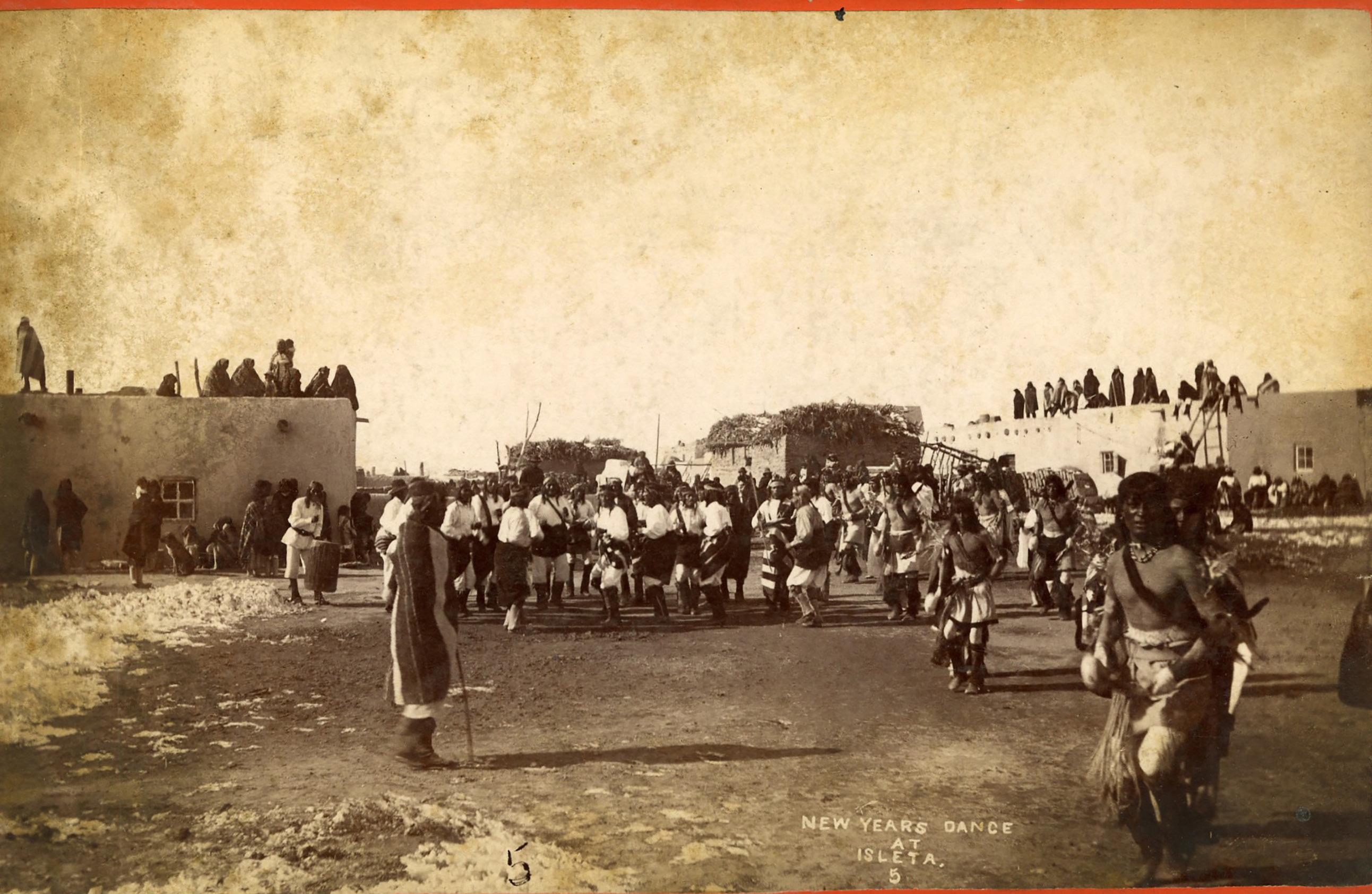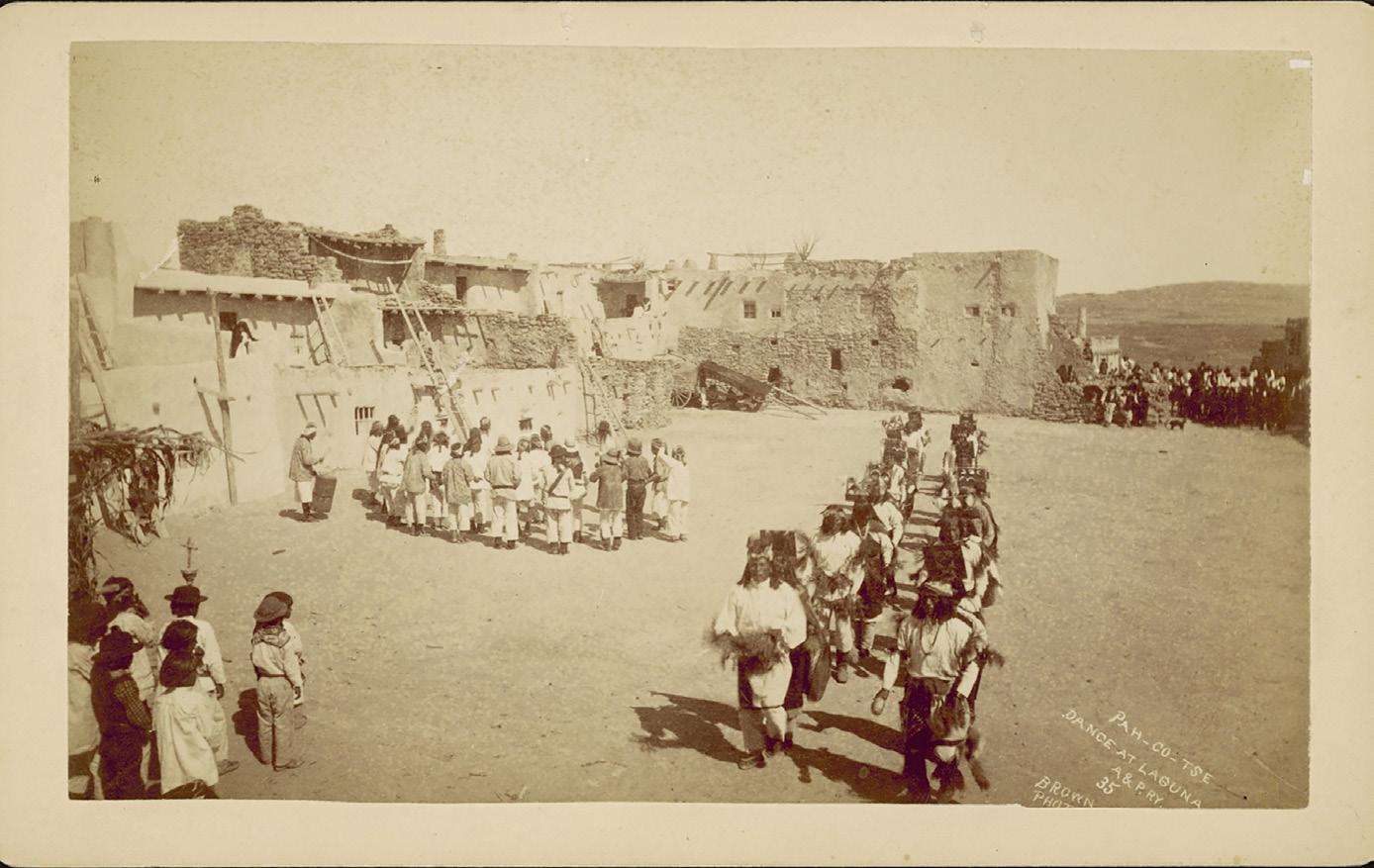
3 minute read
West by Southwest Ernie Bulow
W. CALVIN BROWN
The first photograph of Gallup, NM

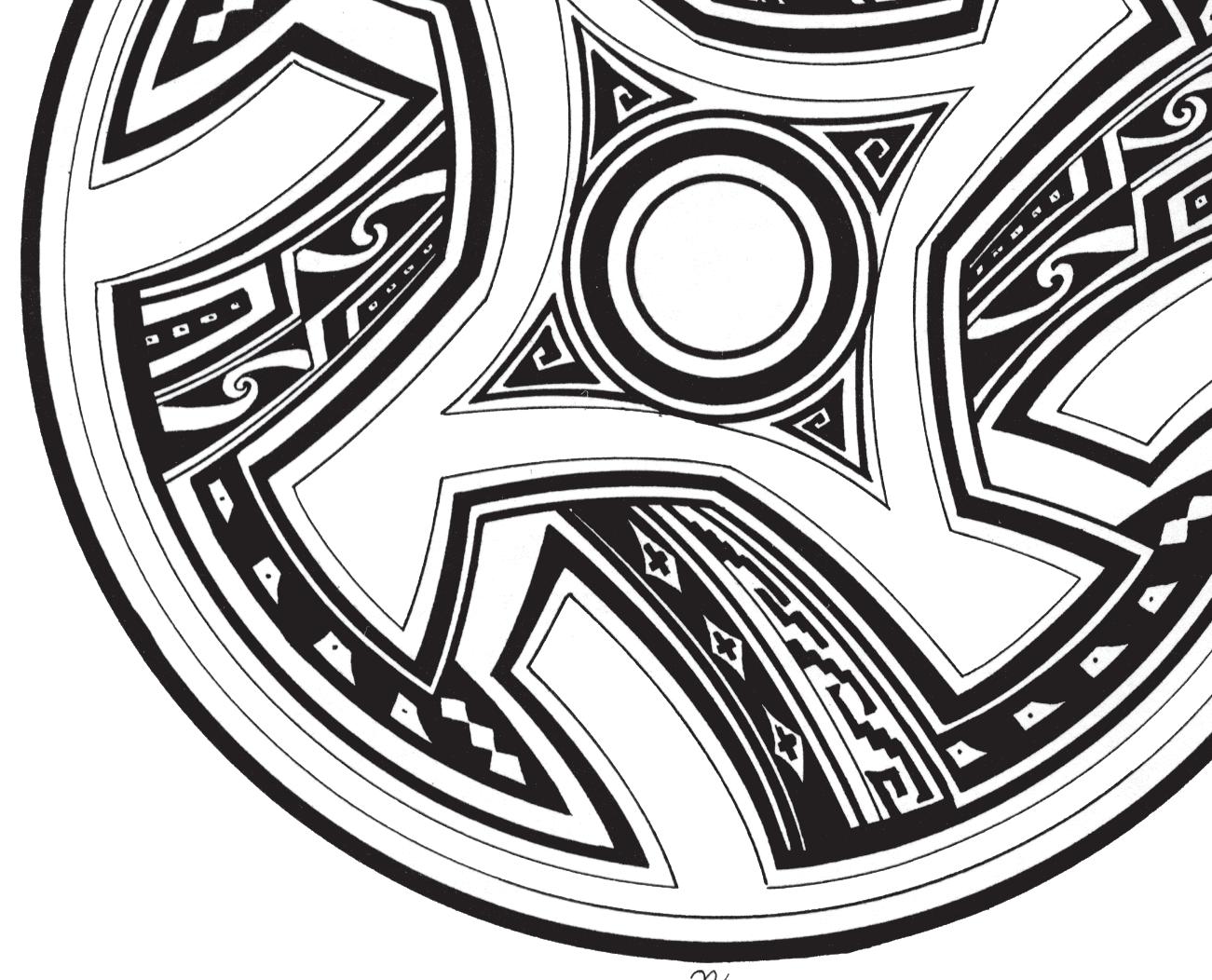
GALLUP, NM, ABOUT 1884 We all know how many words a photograph is worth and this one might be worth even more.
W. Calvin Brown is one of the most elusive photographers I have ever tried to research. There is no collection of his work in a museum or library, very little biography, and no portrait of the picture taker himself. When I came across this image of Gallup at an antique show recently, I almost missed it. Title of the photo is bottom right, and hard to read.
Brown apparently arrived in Albuquerque in 1882. He was immediately made a Lieutenant in the Territorial Militia. He was either quickly given the post of Official Photographer for the Atlantic and Pacific Railroad, or that’s why he came west. Clearly, he already had some expertise in photography, and some background in the army.
It is widely known that the historic railroad through Gallup was the Santa Fe, with its iconic Fred Harvey hotels and eateries. But in 1881 it was the Atlantic and Pacific, which had previously been known as the Southwest Pacific Railroad, largely owned by The Atlantic and Pacific Railroad, chartered in 1866,
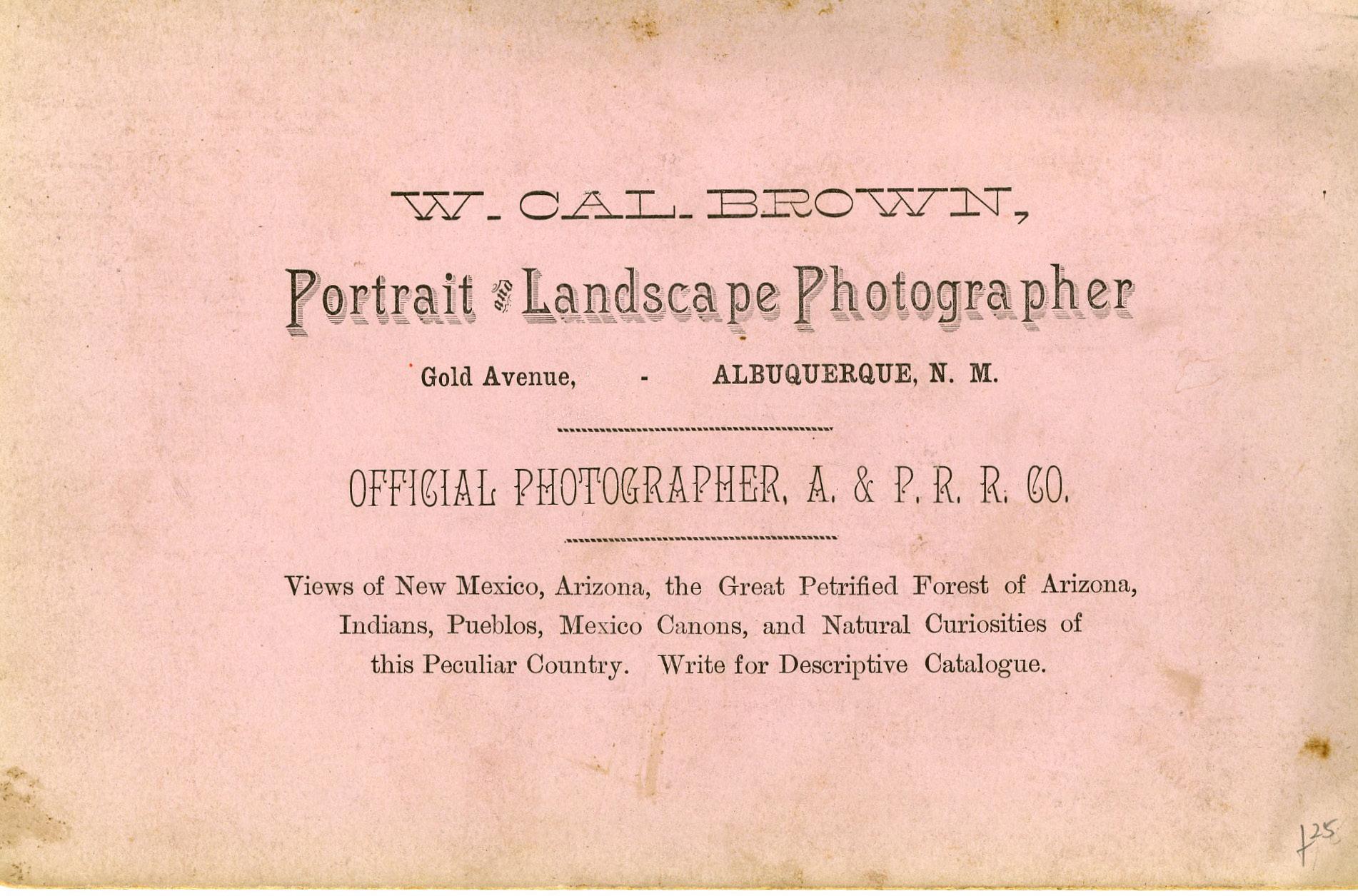

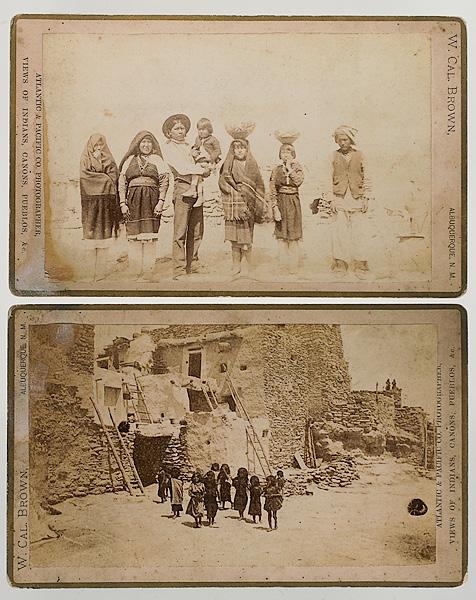
Ernie’s Selfie
West by Southwest
by Ernie Bulow
PAH-CO-TSE DANCE AT LAGUNA its company of investors headed by the pathfinder and explorer John C. Fremont. The final plans and agreement to extend the railroad from Albuquerque through Arizona to California, following the 35th parallel, was not made until 1881, with construction lasting until 1883.
In 1880 the line, which had reached Albuquerque, became a subsidiary of the Acheson Topeka and Santa Fe, called Atlantic and Pacific Railroad. It went by that name when it reached the site of Gallup in 1881. The route’s name and ownership become very confusing, but the AT & SF eventually got complete ownership and the A & P no longer existed.
The photograph is not dated, but it had to be within two years of the creation of Gallup. There was, of course, no road for vehicle traffic, just the train. All the same it seems very weird to see weeds growing in the middle of what would become the major East/West highway. The wagons in the picture say that there was traffic at the time, and there had been a trail from San Rafael to Ft. Wingate, and on to Ft. Defiance in the 1860s, though it was routed through Zuni.
The poles, probably for telegraph lines since there was nothing else at the time, seem to have no wires attached and only three of the tall poles are visible. The telegraph followed the rails, so the frontier town in the picture had to be very new. In the 1880s, Brown traveled in New Mexico and Arizona and visited the Hopi in 1885. In 1888-1889 he had a studio on Gold Avenue, and had to hire a manager because he became a Marshal in Albuquerque. He sold to William Cobb in 1889 and moved back east again.
- ernie@buffalomedicine.com
